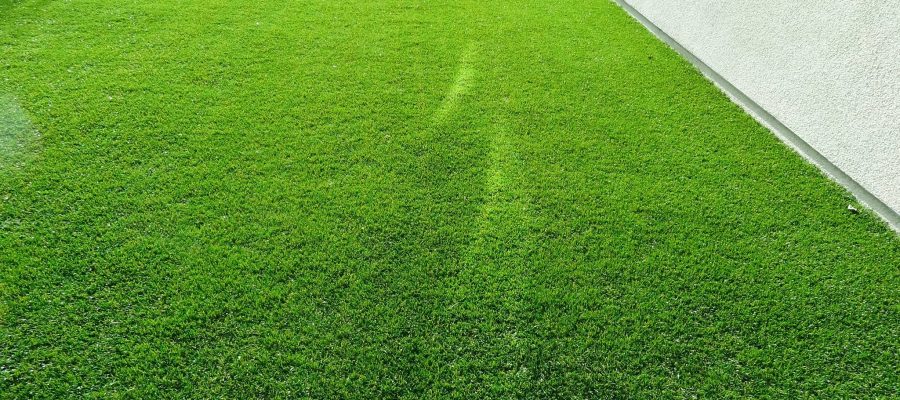Folks are consistently searching for ways that their personal choices can make a big difference to the environment, and from cutting down on greenhouse gas emissions to protecting biodiversity, synthetic turf can certainly make a massive difference. Standard grass lawns often brings about wasted water and hazardous backyards as a result of watering plus the usage of pesticides and herbicides. Artificial grass is an opportunity to lower your carbon footprint, lower your water usage, and in addition give protection to local wildlife- with a single life-style change.
Limits Substantial Water Usage
To be able to manage regular grass recurrent watering is definitely important, especially during Summer, and this hefty water usage has damaging impacts on our environment. One benefit of synthetic turf is that very little watering is required to guarantee that it stays looking good. Artificial grass will not dry out or die in the high heat like standard grass, therefore with reputable companies likes, you don’t have to waste important water on grass lawns.
Saving resources like water has become more essential and ought to contribute to your decision concerning grass. Artificial grass lawns will only call for hosing down if mud or dirt has to be removed, and in most cases a small amount of rain can do this job for you!
Reduces Carbon Footprint
If cutting your carbon foot print is significant to you then synthetic grass is the best way to go. The lower maintenance that it requires means that minimal equipment is needed- no lawnmowers, grass cutters, or scarifiers necessary, which all use fossil fuels. Synthetic grass remains clipped and weedless from the time it’s installed, and that will mean you don’t have to depend upon any damaging lawn mowers or cutters.
Not using these particular devices will reduce your petrol and diesel fuel consumption, and consequently minimize greenhouse gas pollution.
No Toxic Outdoor Areas
Grass demands the use of fertilisers, pesticides, and other harsh chemicals to kill weeds and to keep your grass looking fresh. In addition to being made from materials such as fossil fuels (further increasing greenhouse gas emissions), you can run the risk of your grass becoming toxic. This creates a dangerous environment, especially for pets and children.
Conserving Land And Water Biodiversity
Yet another negative effect of applying harsh chemical contaminants on grass is risky contaminated run-off that occurs when it rains. The rain carries the harmful chemicals that are on the grass across surfaces and can even wind up in local aquatic systems, including fish ponds and streams, at times wiping out the marine life. Extreme amounts of poisonous chemicals running into marine environments can also bring about algal blooms, which drastically diminishes the oxygen concentrations in the water. The marine life will then become ill and/or die, resulting in a population decrease, and decreasing regional biodiversity. This blog www.artificialgrasscambridge.co.uk provides extensive more info on the main topic of artificial grass installation.
Occasionally these agal blooms can also become harmful to humans because they bring about bacteria growth and higher contaminant concentrations in water. This can cause individuals to become sick when they encounter the toxified water, through either having the polluted drinking water or ingesting contaminated fish.
Artificial grass has no requirement for any harmful chemicals and offers a solution to the damaging effects of looking after regular grass.

